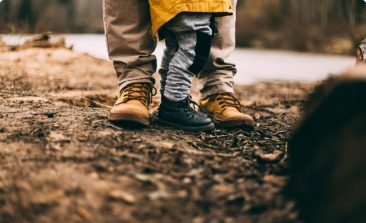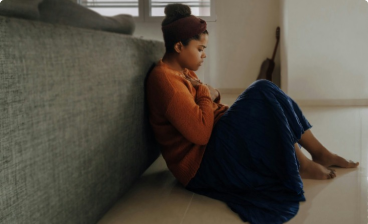Description
Excessive sun exposure can cause sunburn, skin damage, eye damage, skin cancer, and a weakened immune system.
Your child’s body requires sunlight to produce vitamin D, which is necessary for healthy bones and muscles. This can take only a few minutes per day. However, children and teenagers must also be protected from the sun.
Sun protection at various times of the year and day
Sun protection requirements vary depending on the season and time of day. This is due to the fact that ultraviolet (UV) radiation varies throughout the year and across India depending on the season. UV radiation levels are highest between 9 a.m. and 4 p.m., depending on location in India and the time of year. When the UV radiation level is three or higher:
- Keep children under the age of 12 months out of direct sunlight.
- Make sure children over the age of 12 are sun-protected.
Also, even if it isn’t a sunny day, you can be exposed to UV radiation. This means that you can get burned even if it’s cloudy or cool outside, or if the sun reflects off of buildings, water, sand, or snow.
Shade
Shade provides some UV radiation protection. The best shade is one that is dense and casts a dark shadow.
In the shade, however, UV can still reach you. Even if you’re sitting in the shade, make sure you and your child are wearing sun protection, such as sunglasses and a broad-brimmed hat. Apply sunscreen to all exposed skin.
If you can’t find any, create your own with an umbrella or sunshade.
If you’re using a pram, cover it with the canopy or shade cloth, but make sure your child can breathe. Never wrap or blanket a pram because this can restrict airflow and raise the temperature to dangerous levels.
If you are travelling in the car with younger children, stick blinds on the side windows to protect your child.
Protective clothing, hats and sunglasses
- Here are some things to think about when looking for sun protection clothing:
- Sun protection clothing with a UV protection factor (UPF) of 50+ offers your child the best protection from the sun.
- Tightly woven fabric protects skin from the sun. Hold the fabric up to the light to see how much sun gets through. If the fabric transmits a lot of light, it will likely transmit a lot of UV as well.
- Long sleeves and pants cover more skin. Elbow-length sleeves and knee-length shorts are best when it’s too warm for long clothes.
- Wetsuits and rash vests are a great way to protect your child and yourself from the sun when swimming or doing other water activities.
- Cotton clothing is cooler than clothing made from acrylic fibres.
- Loose-fitting clothing is cooler.
Hats
A hat protects your child’s face, neck and ears from UV radiation. Bucket, wide-brimmed, and legionnaire hats offer the best protection. Caps are not recommended.
For babies, look for a soft hat that your baby can wear comfortably while lying down. Straps help keep the hat on your baby’s head. If the hat is secured with a long strap and toggle, make sure it has a safety clasp. You can tie long straps or straps with toggles behind your baby’s head, or trim long straps so they don’t become a choking or strangulation hazard.
Many babies and toddlers don’t wear hats – keep trying and eventually, hats will become part of your child’s routine.
Sunglasses
Wearing sunglasses and a hat can help protect your child’s eyes. Look for wraparound, fitted sunglasses that meet India standard AS/NZS 1067:2016. Prolonged UV exposure is a risk factor for cataracts.
You might also like
Parenting Updates: Subscribe Now!

ALL UPDATES
Go from pregnancy to adolescents with our email bulletins, loaded with reasonable, modern data about bringing up youngsters and taking care of yourself as a parent.
SUBSCRIBE NOW
MOVIE REVIEWS
Find the best motion pictures for your family with our youngster amicable surveys. Search new deliveries and more seasoned motion pictures by age, rating and type.
SUBSCRIBE NOW
MENTAL HEALTH RESOURCES
Is it safe to say that you are an expert working with families? Get data about kid, adolescent and parent psychological well-being and prosperity.
SUBSCRIBE NOW











































